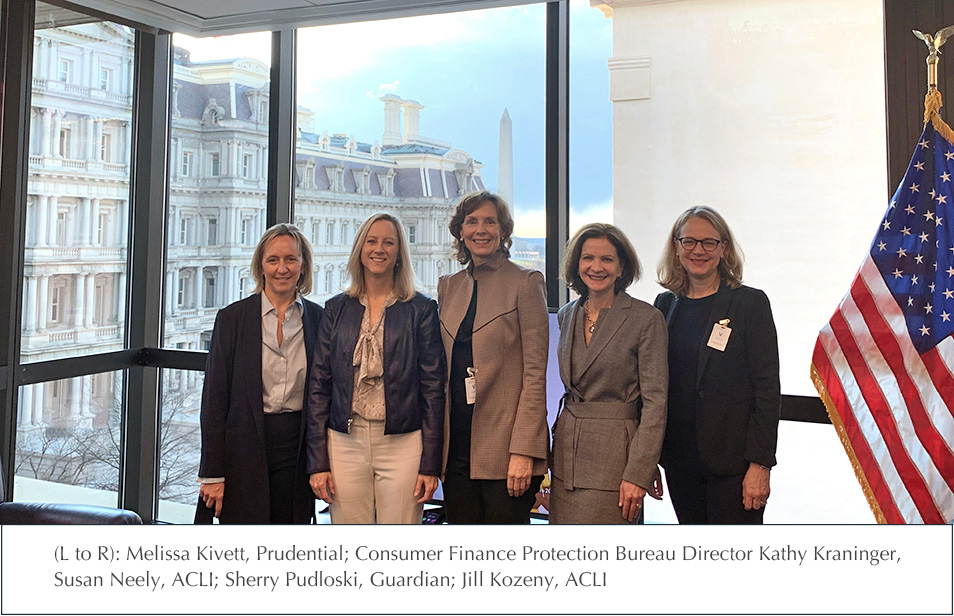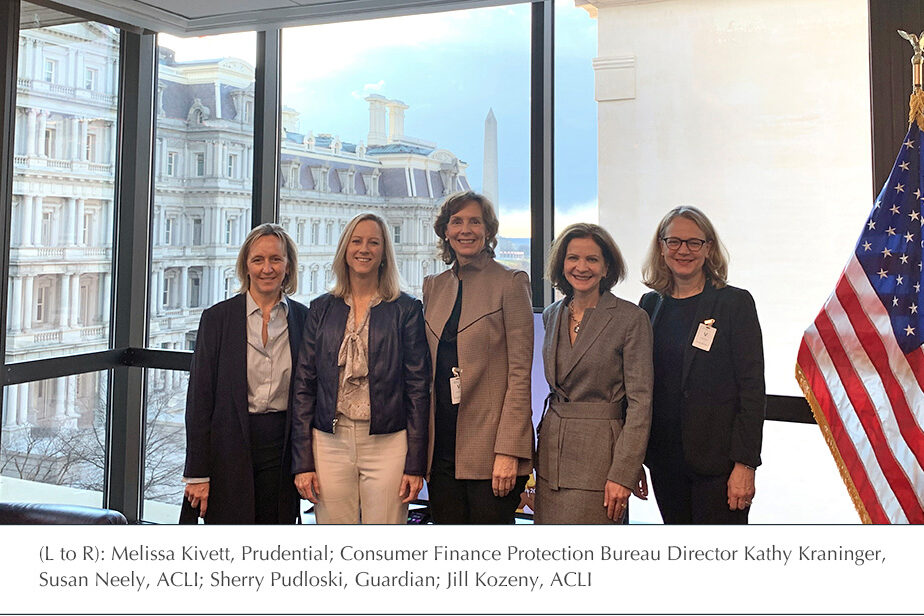Putting $400 in Every Savings Account

(This article originally appeared on LinkedIn.)
Asking people to create an emergency savings fund is like asking them to exercise or lose weight. It’s about motivating short-term pain for long-term gain. It’s really hard to do. So much so that a Federal Reserve Board survey revealed that 46 percent of Americans would have trouble coming up with $400 in an emergency. Living paycheck to paycheck is now a commonplace experience.
That’s why the Consumer Financial Protection Bureau recently convened private and public sector experts to take on the savings challenge and the question of how to support consumers in saving. There’s no shortage of tools, information and financial products, but many consumers are not even aware that they need financial education.
Let’s face it, spending is more of a social norm than saving.
The good news is that behavioral economics insights and brave experiments provide a glimmer of hope as to how to change. Prize-linked savings products tap into people’s desire to win. Automated savings deposits take away some of the friction in saving. 401K opt-outs significantly increase participation. And messaging with encouragement like start small, save up, saving is the right thing to do, and easy to follow action steps can double participation rates in savings programs.
Instead of impulse spending, what if we made it just as easy to “impulse save”? What if the norm was to “default to savings”? What if people played to “win the savings lottery”?
Any of these could work, we just need one idea that changes the social expectation around savings. We need the credible, digestible, timely, comprehensive and continual information that goes with it. And we need the unified support of the many partners seeking to tackle the savings challenge.
#socialmarketing #savings #publiceducation #financialliteracy #saving #startsmallsaveup #behavioraleconomics

